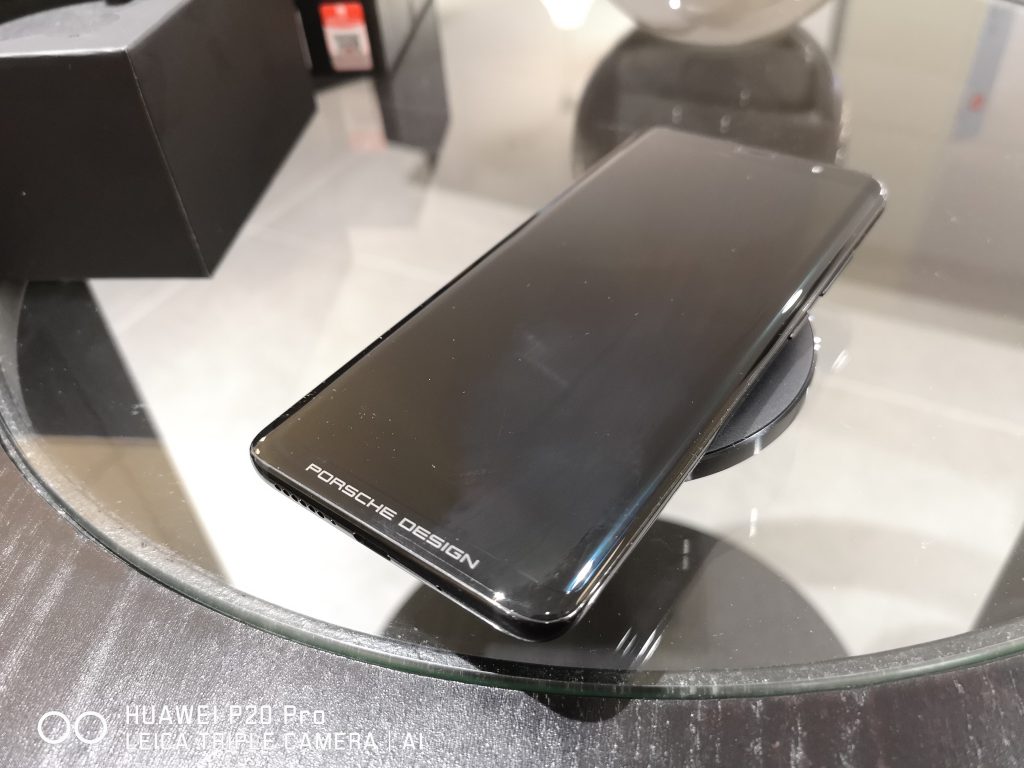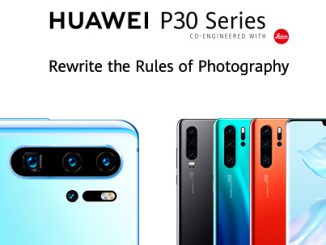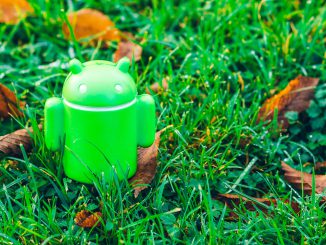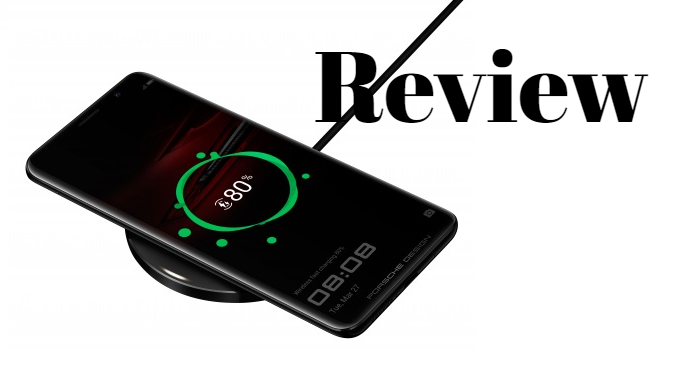
Recently, Porsche Design started to sell through their webstore the various official accessories for Huawei’s Mate RS. This is a review for the official wireless charger for the Mate RS.
Artículo disponible en Español | Article disponible en Français
Together with the launch of the P20 series, at the end of March, Huawei also showcased the Huawei Mate RS Porsche Design, a high-end smartphone made in collaboration with the German designer brand Porsche Design. This high-end smartphone showcases all the technological know-how of the Chinese manufacturer, debuting a number of technologies that should become more common overtime, and can’t be found on any other smartphones for now, such as an in-screen fingerprint reader, the company’s new Leica triple-camera or one of the fastest wireless charging available on a smartphone right now, at 10W.
In terms of availability, we’ve only seen the wireless charger available directly through the Porsche Design web shop, priced at 89€, which is rather steep if we compare it to other wireless chargers available on the market, until we realize this is currently the only one capable of outputting 10W, and comes with the Porsche Design branding all over the place.
The model we received (bought by ourselves) is the black model, CP85, which, well, is the only model available after all. First, the box itself is quite premium, and comes with a series of indications on the back, mentioning “Huawei fast wireless charging technology; Fanless design, quieter; Multiple safety features”. Specifications-wise, the wireless charger uses an USB-C port, meaning users can connect their regular Mate RS charger to the wireless charger, although, surprisingly, the box supplies us with its own charger.
The voltage input is either 9V/2A or 5V/2A, with the max output being 10W. While Huawei claims using their own proprietary technology to achieve these 10W of output, it is also compatible with the Qi standard. The box mentions the wireless protocols used are “Huawei proprietary protocol” and “WPC Qi V1.2.3 protocol”.
Inside the box, we are directly presented with the wireless charger. The first impressions are quite good. The product is well built, without any visual defaults, is heavy enough, reinforcing this feeling of quality, and is quite fashionable in itself, meaning it is easy to integrate to the overall decoration of a desk without disturbing a serious work-centric, organized, look.
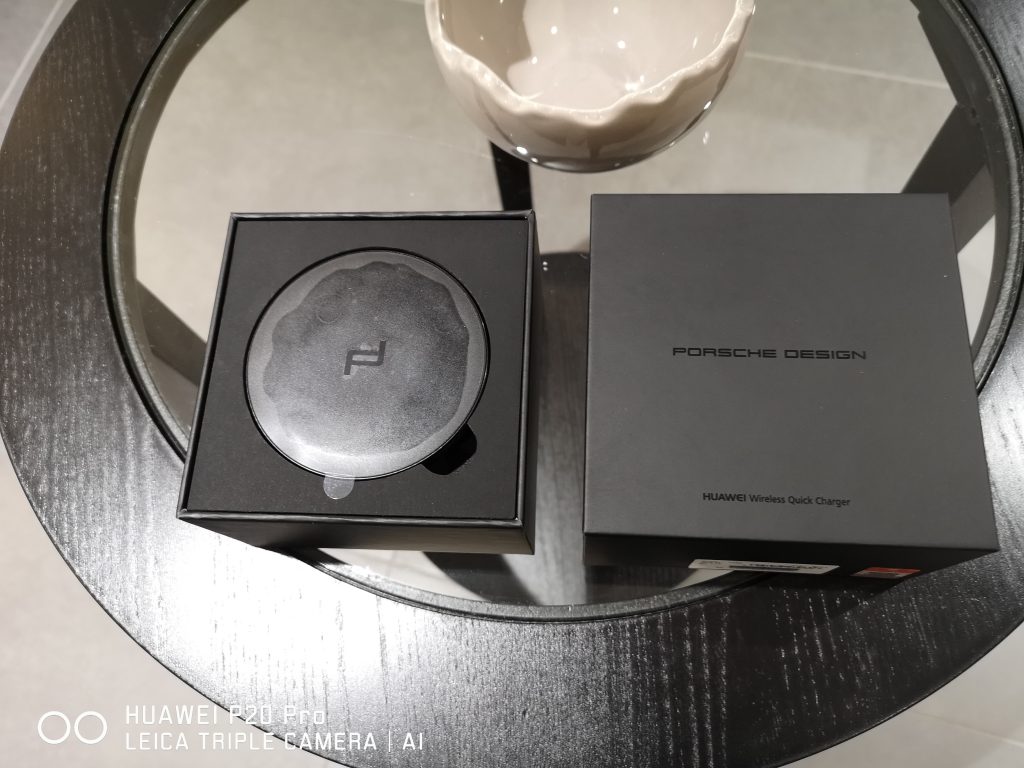
Below the wireless charger, we find the warranty card, as well as a quick start guide. The warranty extends on 24-months, the usual for a product sold in Europe.
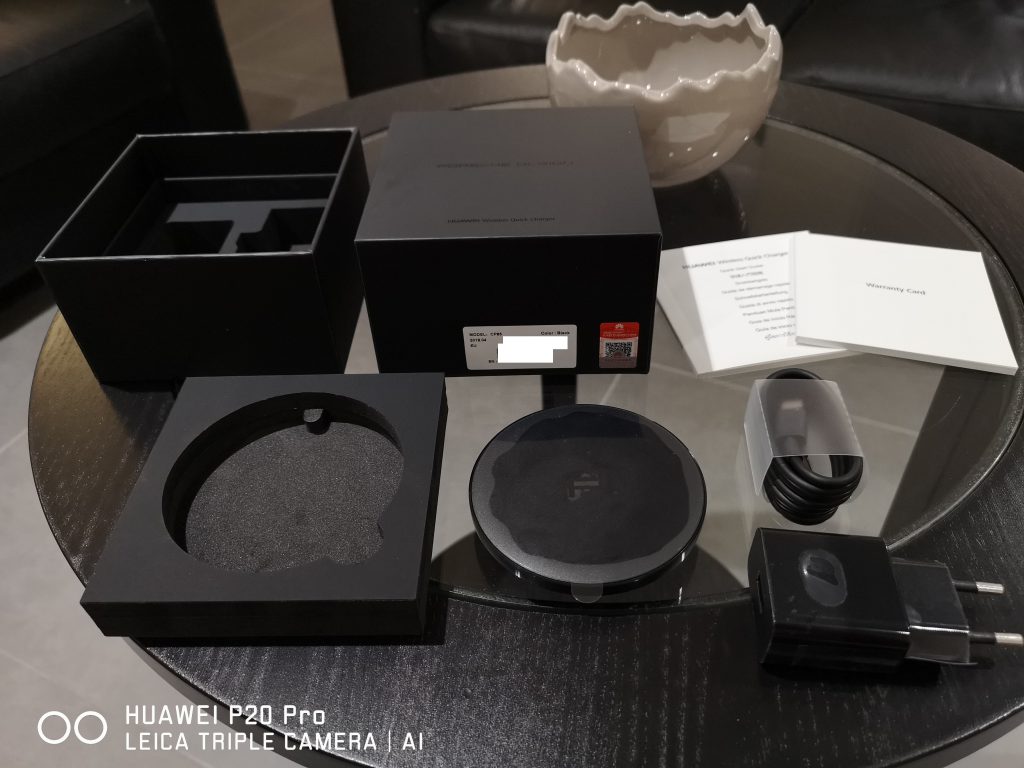
The quick start guide gives some basic recommendations, although most users will have figured out how to use this product directly. For instance, the company mentions the logo on the wireless charger should face upwards while charging. We also learn the product comes with a white indicator light with a series of functions:
- No light: either the wireless charger is not plugged in or there’s no phone on top of it
- Blinks once: connected to the power supply
- Stays on: phone is being charged
- Stays on: charging is complete
- Blinks repeatedly: an error occurred
Interestingly enough, the box includes its own charger and charging cable, provided in black, which is a colour Huawei does not produce these products in, meaning these are custom, specifically made for this product. We can also find black accessories in the box of the Huawei Mate RS but, once again, replacing these with official ones will be difficult, as the company does not sell black power bricks or charging cables. Of course, it is possible to buy them in white, as they remain the same cables Huawei uses on other devices.
The charging cable is one metre long, while the charger is a standard Huawei Quick Charger adapted to the European market and outputting 5V/2A or 9V/2A. Meanwhile, the wireless charger has an input of 5V/2A or 9V/2A, and an output of maximum 10W, as we’ve already mentioned.
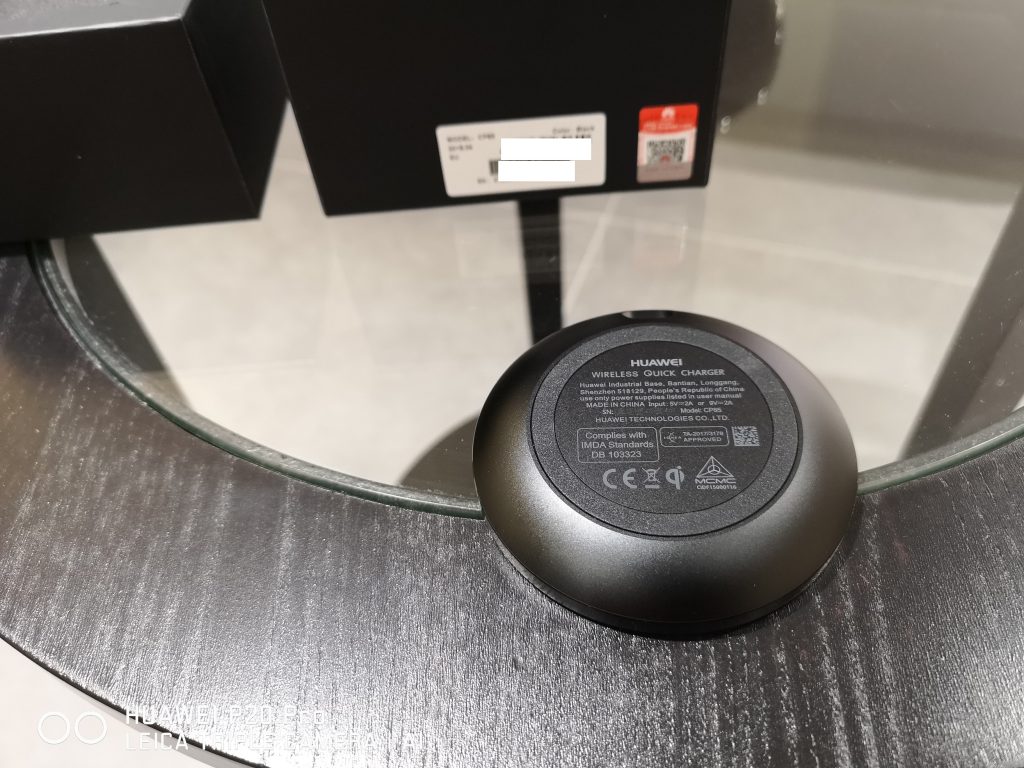
In terms of charging, which is what most people are likely interested in hearing, we’ve only tested the product on the Huawei Mate RS, as this is currently the only smartphone of the manufacturer supporting wireless charging, and we do not have any other smartphone to test this product with, although it should work just fine with other brands. While in most marketing pictures, the phone is placed on the wireless charger without a case, this is not the way most users will be charging their device, as most people like to protect their smartphone with a case. Well, fear not, it is possible to charge through the included leather case of the Mate RS, and, well, most cases in general, if they are not too thick. The company does mention that metal cases should be avoided, as well as putting anything metallic between the phone and the charger, such as bank cards and such, although this should be common sense.
Charging speed-wise, we’ve done a few runs, going from 10% to 100% each time. Of course, if users interrupt the charging or use the device in between, the end results slightly vary, although by a few minutes only. But, in short, those in a hurry might want to stick to Huawei’s SuperCharge, which does around 50% in 30 minutes. For comparison, it took roughly 40 minutes for us to do 40% with the 10W wireless charger and, from 10% to 100%, it takes about 120 minutes to charge. As mentioned, the results are consistent, by a margin of about 10 minutes each time, meaning that for a full charge, a user is looking at around 2 hours.
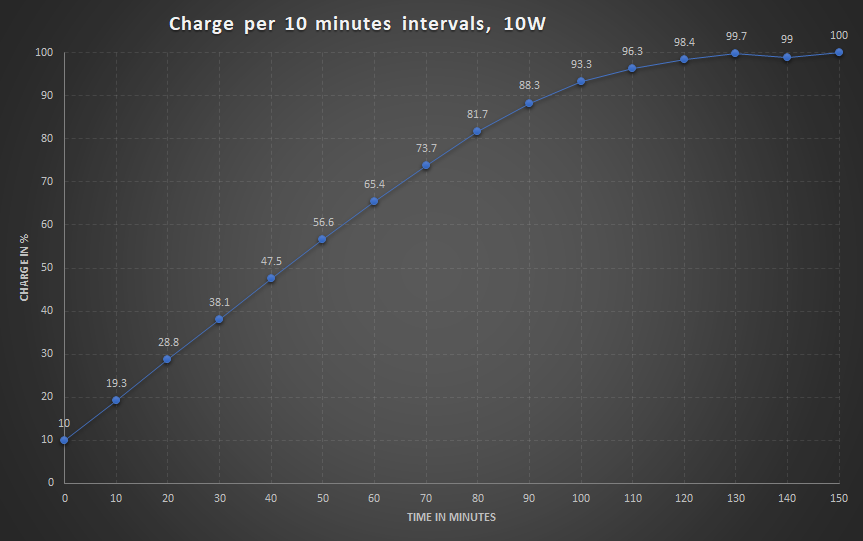
Of course, when we start wirelessly charging the device, this one is quite fast, but the speed declines the closer we get to the end. In one of our tests, the device charged 60% in 60 minutes, but it then took 60 more minutes to finish the remaining 30%, although this behaviour matches what can be observed with a regular, wired charger.
Heat-wise, there’s little to say. The device does heat up, but, from our observations, it doesn’t become as hot as with the wired charger. As soon as the charging is finished, the device immediately cools down, although this is more about the Mate RS’s cooling and less about the wireless charger. We apologize in advance for being unable to provide more detailed information about heat on both the wireless charger and the device, but we are not professionals and do not have the required tools for detailed heat measuring. Regardless, as mentioned, temperatures never reached uncomfortable or worrying levels on both items while charging.
Overall, our opinion of the Porsche Design wireless charger for the Mate RS is quite positive. While we can point out the rather steep pricing of the product, it remains a branded product with some technology that is currently unavailable elsewhere. While we agree that companies shouldn’t charge a fortune for basic products, it is hard to deny that this wireless charger is marketed towards a very specific group of people buying the Huawei Mate RS, which in itself costs 1550€. On the other hand, the leather cover also costs a “small fortune”, at 149€ each, so 89€ remains relatively “cheap” in this case.
For those who are looking for a proper and fully compatible wireless charger for their Huawei Mate RS Porsche Design, we strongly recommend buying this model and benefitting from the full 10W output. For the rest who are just looking for a regular wireless charger for their non-Huawei devices, maybe this isn’t the best choice, especially in terms of pricing.
Thank you very much to the Huawei Experience Store in Brussels for letting us take pictures of the product in their store.
Edit: we’ve added a graph with the charging speed.
More on this subject:




